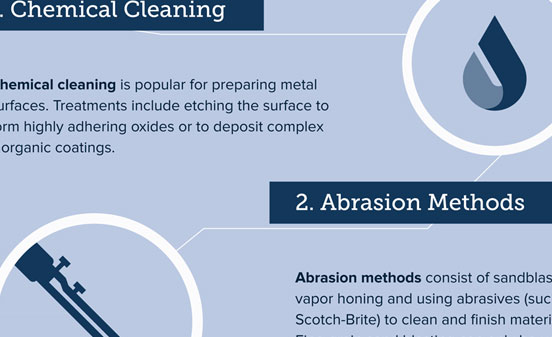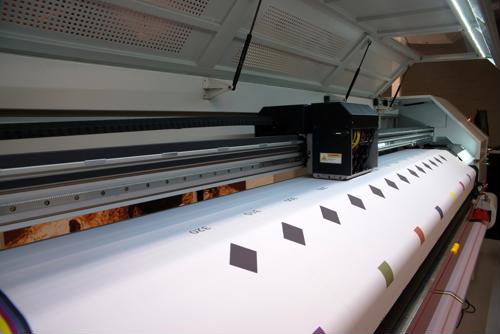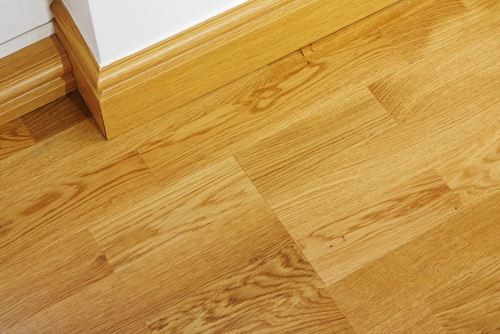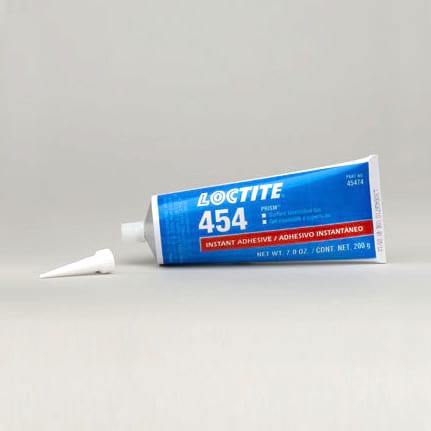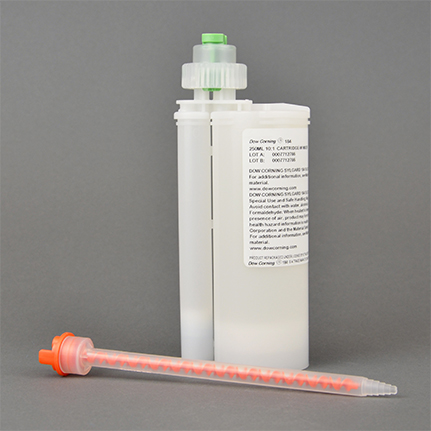

-
Description for AMSOIL HELIOS-ZF (ISO 32)
Synthetic zinc-free hydraulic oil. Engineered to provide exceptional corrosion and wear protection for hydraulic pumps and motors in a wide range of applications and operating conditions.Chemical Resistance Superior oxidative stability reduces varnish, sludge and deposits Application Type Lubricant 1 Part or 2 Part 1-Part Material Form Oil Substrate Copper, Metal, Bronze Industry High- and low-pressure gear stationary and mobile hydraulic systems, Hydraulic oil, Hydraulic motors in a wide range of applications and operating conditions, Hydraulic pumps in a wide range of applications and operating conditions, Hydraulic motors in a wide range of applications and operating conditions, High- and low-pressure gear stationary and mobile hydraulic systems, High- and low-pressure vane stationary and mobile hydraulic systems, High- and low-pressure piston stationary and mobile hydraulic systems Manufacturer AMSOIL Chemistry Synthetic zinc-free Viscosity (cPs) 7.3 (cSt), 33.1 (cSt), 2,903 Oxidation Resistance Superior oxidative stability reduces varnish, sludge and deposits Wear Resistance Exceptional wear protection Rust Resistance Non-Corrosive: Inhibits rust Foam Resistance Chemical Resistance: Inhibits foam to reduce sponginess and improve responsiveness Sludge Resistance Environmental Resistance: Superior oxidative stability reduces varnish, sludge and deposits High Temperature Resistance (°C) Superior thermal stability Low Temperature Resistance (°C) Extreme-low-temperature startup protection Four Ball Wear Test 0.44 (mm) Key Specifications ISO 32 Can Be Used In Conjunction With These Materials Elastomer, Most zinc and non-zinc hydraulic oils -
Technical Data for AMSOIL HELIOS-ZF (ISO 32)
Overview
-
Chemical Resistance
- Varnish Formation/Varnish Resistance - Superior oxidative stability reduces varnish, sludge and deposits
-
Application Type
- Lubricant
-
1 Part or 2 Part
- 1-Part
-
Material Form
- Oil
-
Substrate
- Metal
- Copper
- Bronze
-
Industry
- Industrial - Seal, Equipment subject to proportional or servo valve varnish, Severe-high-load applications, Severe-service applications, Injection-molding presses, Metal stamping
- Gears - High- and low-pressure gear stationary and mobile hydraulic systems
- Hydraulic - Hydraulic oil, Hydraulic motors in a wide range of applications and operating conditions, Hydraulic pumps in a wide range of applications and operating conditions, High- and low-pressure gear stationary and mobile hydraulic systems, High- and low-pressure piston stationary and mobile hydraulic systems, High- and low-pressure vane stationary and mobile hydraulic systems
- Motors - Hydraulic motors in a wide range of applications and operating conditions
-
Chemistry
- Other - Synthetic zinc-free
-
Cure Method
- None
-
Key Specifications
- International Organization for Standardization - ISO 32
-
Can Be Used In Conjunction With These Materials
- Oils - Most zinc and non-zinc hydraulic oils
- Other - Elastomer
Specifications
Cure Specs
Viscosity (cPs) 7.3 (cSt), 33.1 (cSt), 2,903 Test Method Material Resistance
Non-Corrosive Exceptional corrosion protection Rust Resistance Non-Corrosive: Inhibits rust Oxidation Resistance Superior oxidative stability reduces varnish, sludge and deposits Wear Resistance Exceptional wear protection High Temperature Resistance (°C) Superior thermal stability Low Temperature Resistance (°C) Extreme-low-temperature startup protection Moisture/Humidity Resistance Superior hydrolytic stability Four Ball Wear Test 0.44 (mm) Test Method Conductivity
Dielectric Strength (V/mil) 44.42 (kV) Test Method Other Properties
Flash Point (°F) 456.8 Test Method -
-
Best Practices
Best Practices information currently not available. -
Comparable Materials for AMSOIL HELIOS-ZF (ISO 32)
Spec Engine® Results
Popular Articles
Infographic: ENSURING A STRONG BOND - 6 Basic Methods of Surface Preparation
Read ArticleTesting the effectiveness of surface treatments
Read ArticleSponsored Articles
Unique Advantages of Contact Adhesives
Read ArticleUsing LOCTITE® 454™ is a Valid Option for Engineers Working with a Wide Variety of Materials
Read ArticleSylgard 184 by DOW is the Top Choice for a Transparent, Silicone Encapsulant. Read Why:
Read ArticleCase Study: Creating reliable, corrosion-free bonds with LORD® 406 acrylic adhesive
Read ArticleFeatured Ads

Viscosity Test Methods
| Viscosity | Test Method | Temperature |
|---|---|---|
| 7.3 (cSt) | Kinematic Viscosity, ASTM D445, Technical properties are general characteristics of the product and not manufacturing specifications. Variations that do not affect product performance should be expected | 100°C |
| 33.1 (cSt) | Kinematic Viscosity, ASTM D445, Technical properties are general characteristics of the product and not manufacturing specifications. Variations that do not affect product performance should be expected | 40°C |
| 2,903 cPs | Brookfield Viscosity, ASTM D2983, Technical properties are general characteristics of the product and not manufacturing specifications. Variations that do not affect product performance should be expected | -30°C |
Four Ball Wear Test Test Methods
| Four Ball Wear Test | Method |
|---|---|
| 0.44 (mm) | 75ºC, 1200 rpm, 40 kg, 1 hr, ASTM D4172, Technical properties are general characteristics of the product and not manufacturing specifications. Variations that do not affect product performance should be expected |
Dielectric Strength Test Methods
| Dielectric Strength | Test Method |
|---|---|
| 44.42 (kV) | >35kV, ASTM D877, Technical properties are general characteristics of the product and not manufacturing specifications. Variations that do not affect product performance should be expected |
Flash Point Test Methods
| Flash Point | Test Method |
|---|---|
| 456.8°F | COC, ASTM D92, Technical properties are general characteristics of the product and not manufacturing specifications. Variations that do not affect product performance should be expected |



